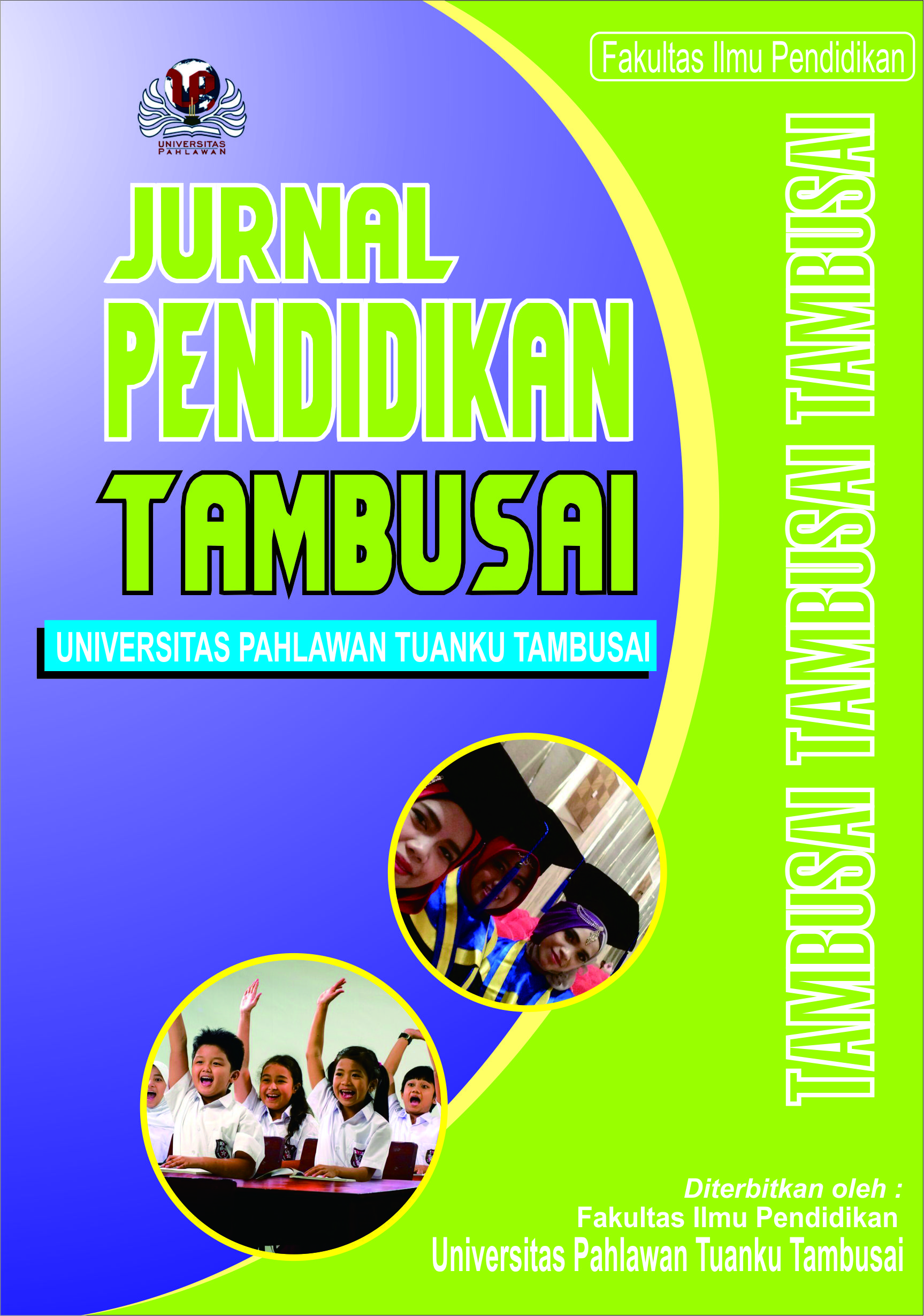Meningkatkan Keterampilan Menjahit Daster Menggunakan Model Pembelajaran Explicit Instruction pada Anak Tunarungu di SLB Muhammadiyah Pauh IX Padang
DOI:
https://doi.org/10.31004/jptam.v8i1.13938Keywords:
Anak Tunarungu, Menjahit Daster, Model Pembelajaran Explicit InstructiionAbstract
References
Brier, J., & lia dwi jayanti. (2020). Keterampilan Vokasional Bagi Anak Berkebutuhan Khusus (Vol. 21, Issue 1). http://journal.um-surabaya.ac.id/index.php/JKM/article/view/2203
Huda, M. (2013). Model-Model Pengajaran dan Pembelajaran. Yogyakarta: Pustakawan Pelajar
Kunandar. (2010). Langkah mudah penelitian tindakan kelas sebagai pengembangan profesi guru (1st–5th ed.). jakarta: Raja Wali Pers.
Murni, I. (2019). Pendidikan Inklusif Solusi dalam Mendidik Anak Berkebutuhan Khusus. In Prenada media group (1st ed.). Prenadamedia Group.
Purwowibowo, Hendrijanto, K., & Agus Trihartono. (2019). Mengenal Pembelajaran Komunikasi Total Bagi Anak Tunarungu
Suroto, S. (2015). Penggunaan Model Pembelajaran Explicit Instruction Dengan Trainer PLC Untuk Meningkatkan Prestasi Belajar Merakit Sistem PLC. Jurnal Pendidikan Teknologi Dan Kejuruan, 22(3), 316. https://doi.org/10.21831/jptk.v22i3.6838
Downloads
Published
How to Cite
Issue
Section
Citation Check
License
Copyright (c) 2024 Lira Febiyola

This work is licensed under a Creative Commons Attribution-ShareAlike 4.0 International License.
Authors who publish with this journal agree to the following terms:
- Authors retain copyright and grant the journal right of first publication with the work simultaneously licensed under a Creative Commons Attribution License that allows others to share the work with an acknowledgement of the work’s authorship and initial publication in this journal.
- Authors are able to enter into separate, additional contractual arrangements for the non-exclusive distribution of the journal’s published version of the work (e.g., post it to an institutional repository or publish it in a book), with an acknowledgement of its initial publication in this journal.
- Authors are permitted and encouraged to post their work online (e.g., in institutional repositories or on their website) prior to and during the submission process, as it can lead to productive exchanges, as well as earlier and greater citation of published work (See The Effect of Open Access).



